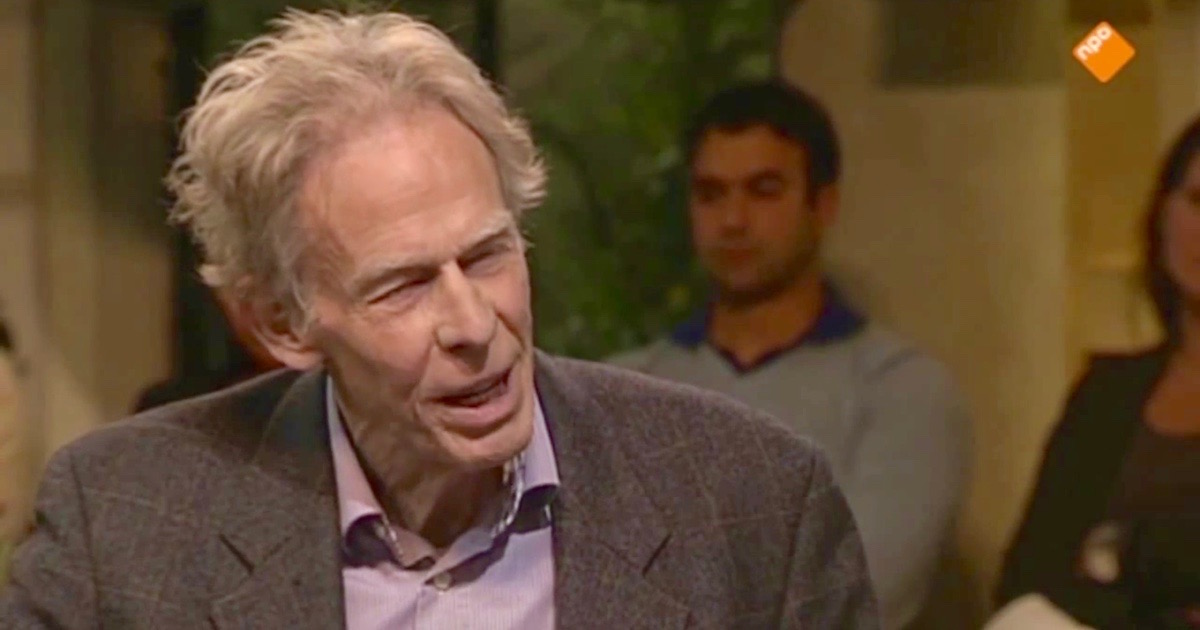 Culture & Ethics
Culture & Ethics
 Medicine
Medicine
Netherlands Euthanasia Guru Bemoans His Handiwork

Boudewijn Chabot is the Netherlander psychiatrist who assisted the suicide of a deeply depressed woman who wished to die after the demise of her two children. All she wanted to do was be buried between them. Chabot met with her four times over several weeks — never engaged in actual treatment — and then supplied her with poison pills, which she took. He watched as she died.
That led to a “prosecution.” I put the word in quotes because — as Chabot’s lawyer told me in an interview for my book Forced Exit — there was never any intention of actually imprisoning Chabot, or indeed, sanction him in any way. Rather, the purpose was to set a precedent to allow deep psychological suffering to justify euthanasia.
The gambit worked. The Supreme Court ruled, essentially, that suffering is suffering — and whether physical or emotional — it is what justifies assisted suicide/euthanasia, not disease itself. Twenty or so years later and Netherlander psychiatrists euthanize mentally ill patients, whose organs may be voluntarily harvested post-death.
Now, Chabot has been stricken by conscience. He notes that euthanasia groups have recruited psychiatrists to kill. From his article, “Worrisome Culture Shift in the Context of Self-Selected Death“:
Without a therapeutic relationship [which he didn’t really have, by the way], by far most psychiatrists cannot reliably determine whether a death wish is a serious, enduring desire. Even within a therapeutic relationship, it remains difficult. But a psychiatrist of the clinic can do so without a therapeutic relationship, with less than ten “in-depth” conversations?
Hey, you opened this door: Own it! More:
In 2016, there were three reports of euthanasia of deep-demented persons who could not confirm their death wish. One of the three was identified as having been done without due care; her advance request could be interpreted in different ways. The execution was also done without due care; the doctor had first put a sedative in her coffee. When the patient was lying drowsily on her bed and was about to be given a high dose, she got up with fear in her eyes and had to be held down by family members. The doctor stated that she had continued the procedure very consciously.
Chabot looks at the social and moral wreckage he helped unleash, and wonders:
Where did the euthanasia law go off the tracks? The euthanasia practice is running amok because the legal requirements which doctors can reasonably apply in the context of physically ill people are being declared equally applicable without limitation in the context of vulnerable patients with incurable brain diseases.
In psychiatry, an essential limitation disappeared when the existence of a treatment relationship was no longer required. In the case of dementia, such a restriction disappeared by making the written advance request equivalent to an actual oral request.
And lastly, it really went off the tracks when the review committee concealed that incapacitated people were surreptitiously killed.
Please. It was all so predictable. In fact, I predicted it.
Euthanasia consciousness changes mindsets. It alters societal morality. It distorts our views of the importance of vulnerable lives. It leads to abandonment and various forms of subtle and blatant coercion. Over time, it cannot be controlled.
Photo: Boudewijn Chabot, via YouTube.
